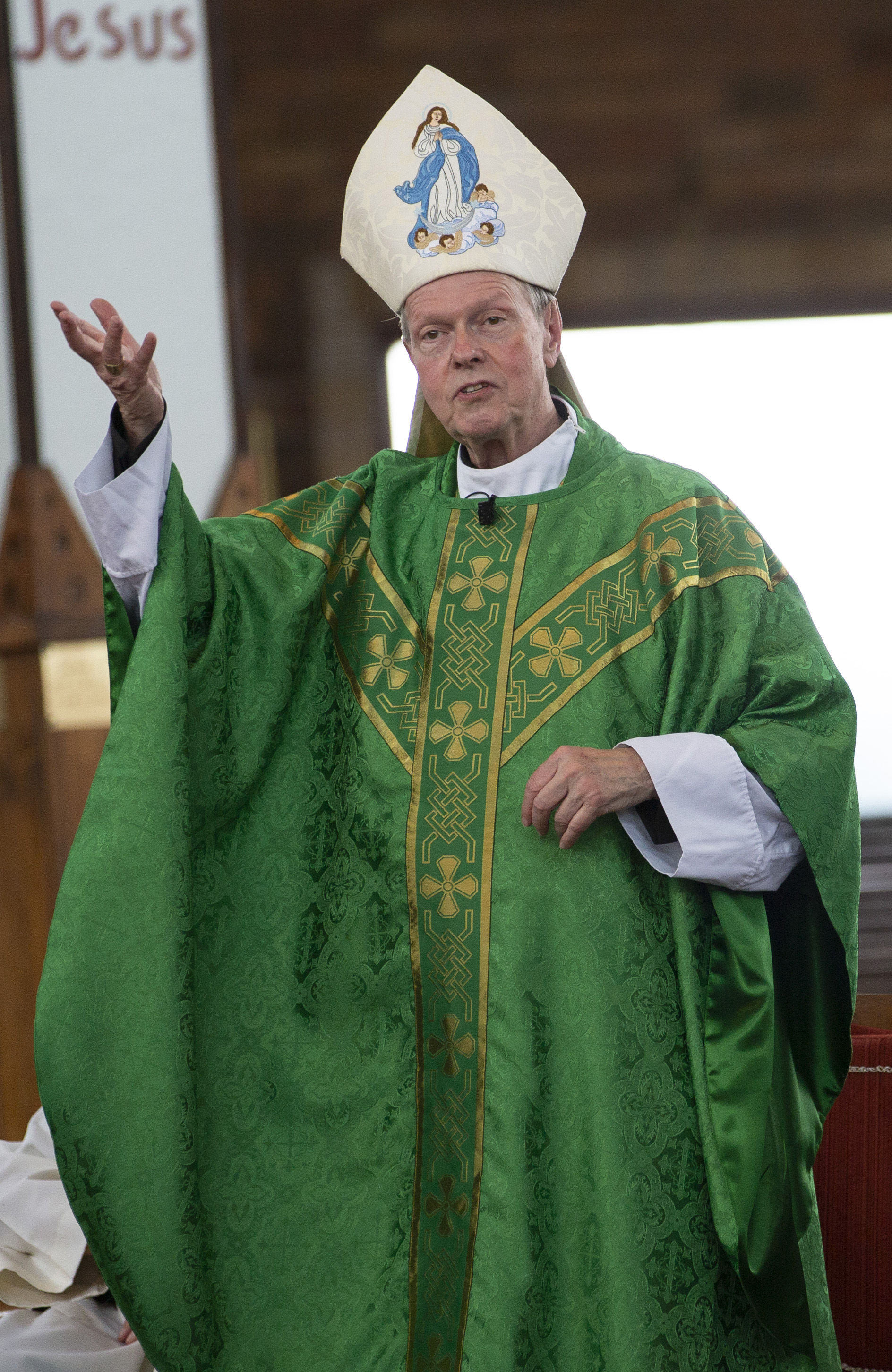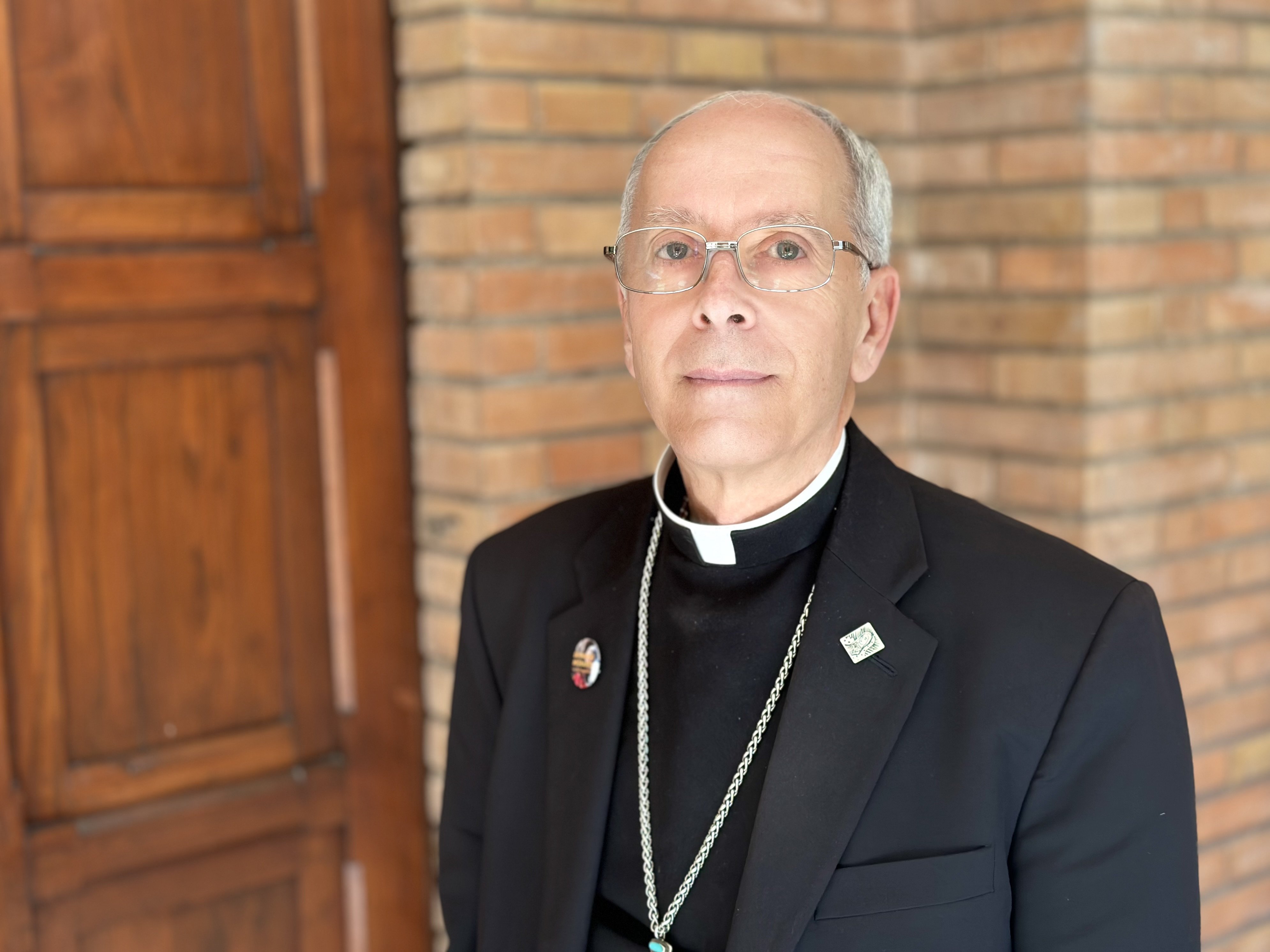April 6, 2018 at 1:53 p.m.
LENTEN OPPORTUNITY
Scarves can bind wounds for women in the Congo
For 31 years, I ministered in the Democratic Republic of the Congo (DRC, formerly called Zaire). After teaching in a seminary and high schools, I earned a master's degree in international public health from Johns Hopkins University.
That was after the cholera epidemic of 1979 and just as the World Health Organization of the United Nations had prioritized primary health care for developing countries. My next 20 years were devoted to working in rural northwestern DRC to develop primary health care.
It was important that, from the beginning, the local population took the lead and was responsible for their health clinic. It's a very different process to meet with elders under a straw roof and gradually move toward building a clinic than meeting in a U.S. boardroom to plan, using agendas and PowerPoint presentations.
In the DRC, the simplest of plans are limited by the availability of materials, the weather, the roads, the motivation of the population and more. But work was more than rewarded whenever the people of a village inaugurated their own clinic.
The wisdom of this approach was borne out when the war began in 1997. It was the local populations who took equipment and medicines to safe places to protect them from rebels. Even after months of war, I met with many delegations eager to revitalize their clinics with what they had guarded and the little monies they had gathered.
The ravages of war brought massive malnutrition among children, displacement of families and destruction of towns and fields. Rwandan refugees fleeing rebel groups also needed emergency services.
Although those in the Congo have tried to continue their lives, various forces battle for control over natural resources and loot the food and possessions of local people. This ongoing war is exacerbating regional instability by displacing hundreds of thousands of innocent civilians.
Tragically, in the eastern part of the country, the rebel factions, the Congolese army and even "peacekeepers" are perpetrating some of the most heinous violence and sexual abuse in human history against women and children: Rape and torture have become ordinary means of revenge or of exercising control in many villages.
Our sisters from the area as well as human rights advocates do their best to make public these ongoing atrocities, which occur far from the media's cameras.
Toward the end of 2011, representatives to the United Nations from the Sisters of Charity in the U.S. and Canada formed a project to support the violated women and girls of Eastern Congo: Since, by their mid-teens, most girls in the DRC wear a head covering, we took the simple step of collecting and distributing colorful scarves to express our solidarity with them and affirm their dignity and value at a time when their self-esteem is profoundly wounded.
The Women of Charity are not saving the whole world, but they surely are giving solace and joy to our Congolese sisters during their personal crises. Numerous other groups in the U.S. and Canada have joined in this project, sending scarves of all sizes and colors, purchased or handmade, and contributions to assist with shipping.
As part of your Lenten observance, I invite you to send a scarf or monetary donation to the Albany Diocese's Commission on Peace and Justice. The commission will ensure that the scarves reach their destination.
(Sister Marian is coordinator of emergency services at the Roarke Center in Troy and a member of the Commission on Peace and Justice.)[[In-content Ad]]
SOCIAL MEDIA
OSV NEWS
- US bishops will review health care guidelines to address ‘gender interventions’
- Federal appeals court to hear cases over Ten Commandments in public schools
- Economists express concern about the poor as Supreme Court weighs Trump’s tariffs
- How many vocations are there?
- Pope welcomes election of new major archbishop for Romanian church
- Nigeria: Diocese mourns following death of kidnapped teen seminarian
- Changing demographics, technology challenge all Christians, pope says
- Pope Leo calls for dialogue as US builds up military presence on Venezuelan coast
- Former House speaker Nancy Pelosi announces she will not seek reelection
- Pope welcomes Palestinian leader; discusses Gaza, peace







Comments:
You must login to comment.